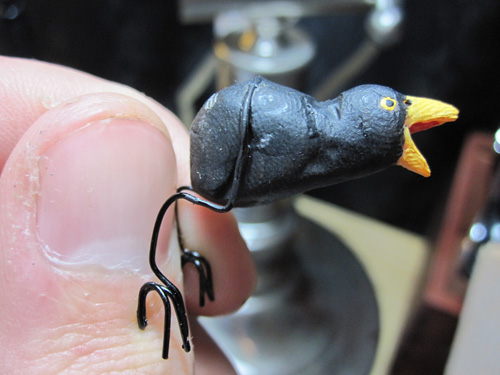Blog Archive
-
▼
2011
(148)
-
▼
May
(39)
- Inspirational 'The Quiet Life'
- 'BirdBox'
- Finished Fauna, Fiddly Flora
- Fiddly Fauna
- More 'Birdbox' Progress
- Even more
- Birdhouse Progress
- Working with Wood
- New Armature Technique
- Number 300
- Presentation Slides
- Evaluation
- Another Audience
- Old School
- How to Teach, Fun-style
- Breakitdown [Update]
- Karina's Project (Production)
- Karina's Project (Referencing)
- Karina's Project (Planning)
- Karina's Project (Animatic)
- Karina's Project
- Francisco Herrera
- Micahel Marsicano
- Caricature Research
- Choi Xooang
- Thinking Ahead
- The Finished Tractor
- Tractor Tussle
- Model Mayhem
- Breakitdown
- Method in the Madness
- Assessment Piece
- Music Test
- Yuk!
- Opener
- Learning Tracing and Progress
- Colour Cards and Progress
- More Progress
- Early Ideas..
-
▼
May
(39)
Popular Posts
-
Here is the final little animation for expressing and exaggerating emotion in a face, I had to slow it down to 8fps as it was whizzing pas...
-
A little more experimenting with resin whilst doing other bits and bobs. I wanted to see how it reacts to sculpey after I'd tried pla...
-
The original 'painted-on' paving slabs (right-hand side) just weren't doing it for me so I decided to create each one individua...
-
It's all been a bit quiet for the past few days hasn't it? That'd be me beavering away on Flash for the cartoony segment of...
























































